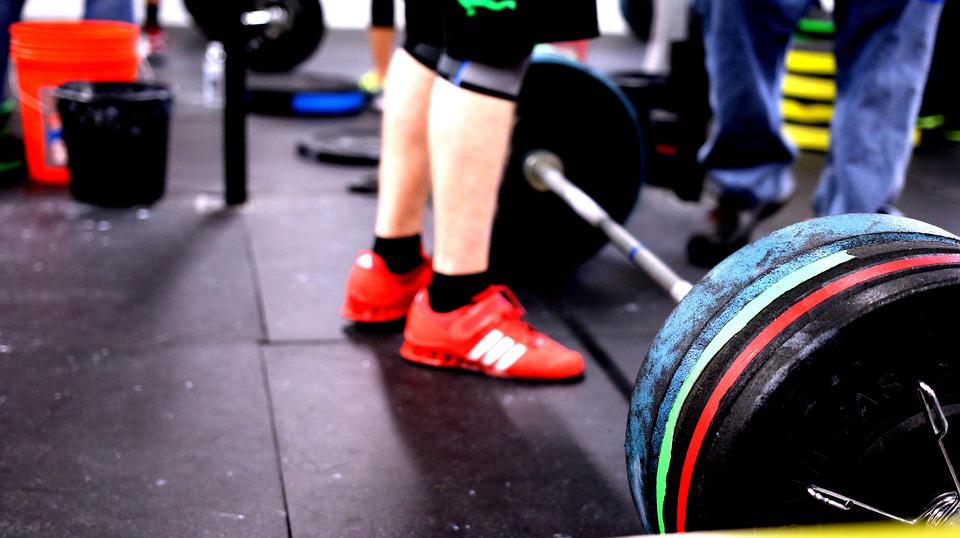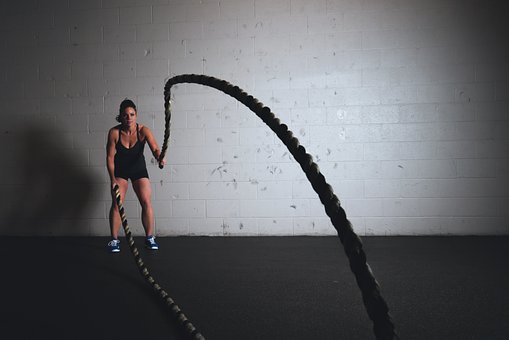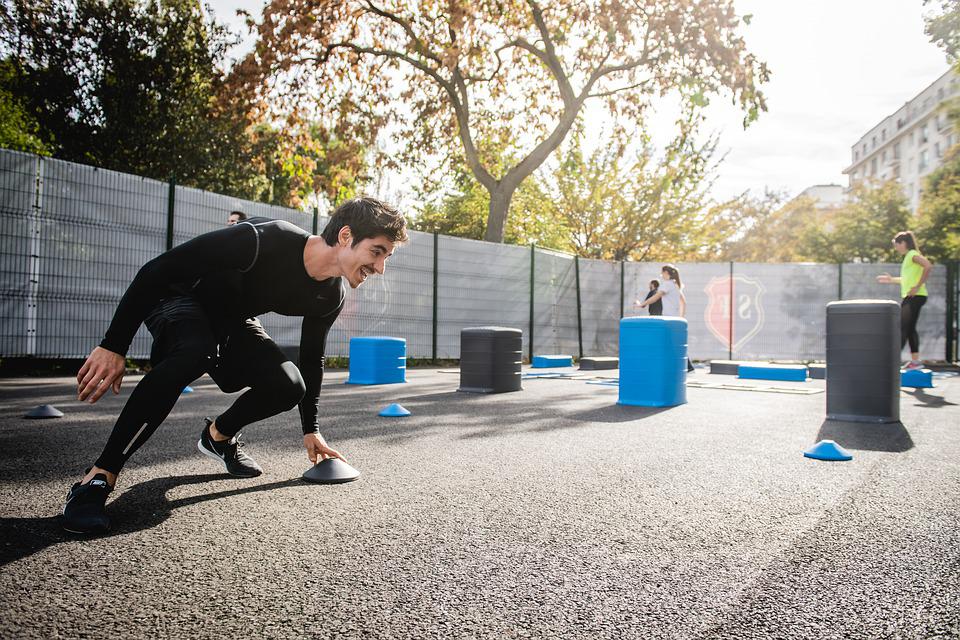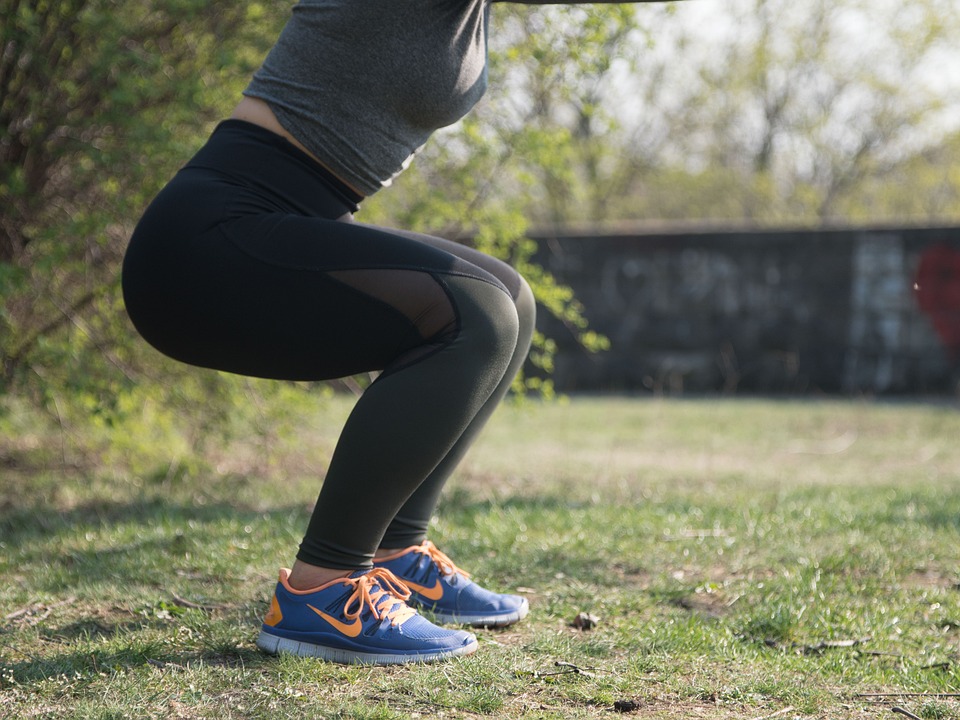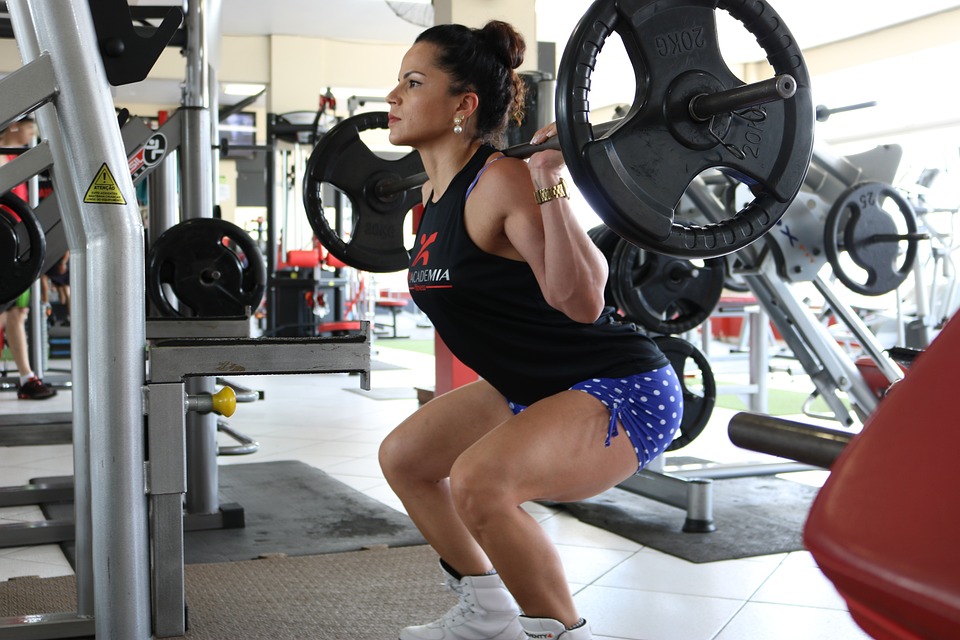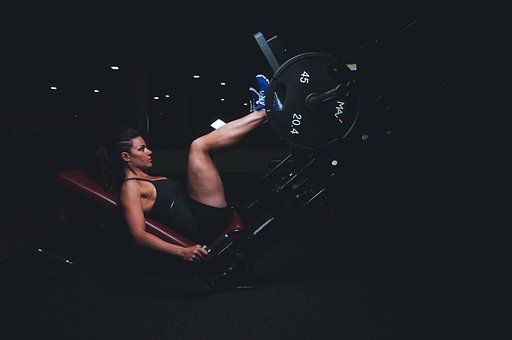
If you desire to increase your results, you cannot continuously exercise with the same routine. If you performed the same training for an extended period of time, your body would become accustomed to it and your physical abilities would remain constant. As a result, you may struggle to improve your fitness for a considerable period of time. Expecting to achieve greater results with a stagnant exercise program is akin to supposing one can become a calculus whiz by only solving the basic equations encountered in introductory algebra. Your body craves consistency; hence, if you intend to take your performance to the next stage, the intensity of your workouts must increase. In order to improve, you could raise the power, amount, and/or how often you exercise as time goes on. As long as you didn’t go beyond what your body is capable of adjusting to, you would keep improving. The key would be not to push your body past its physiological and biomechanical capabilities; too much pressure would have an adverse effect and actually wear your body out, instead of strengthening it. A straightforward approach of gradually increasing the amount of exercise you do, the tempo of your workouts, and/or the amount of times you practice is the most effortless way to modify your training eventually in the expectation of bettering your performance. Progressing can result in improvements in performance, but alone it cannot help you reach your maximum potential since it does not consider the necessity to focus on the intended aim of your exercises. In order to maximize performance, you must accomplish specific objectives, which cannot be accomplished simply by altering your training program’s workload.
What is Training Periodization?
Using planned cycles and shifts in planning is necessary in order to allow the body and metabolism to change in order to enhance performance. Leo Matveyev, a Russian physiologist, first elucidated this concept in the mid-1960s following the studies of Soviet athletes in the 1952 and 1956 Summer Olympics. This technique has been developed and implemented in order to reach the highest possible level of athleticism and to reach an athlete’s desired goals.
In 2001, the International Olympic Committee honored Ukrainian professor Vladimir Platonov with the Olympic Order due to his comprehensive work composing a general theory of Sports Training Periodization. This idea was based on Matveyev’s research, and then further taken into focus to spotlight certain ideas. A good illustration of this is to focus on multi-cycle periodization models rather than only using a single, two, or three-cycle annual periodization approach. Platonov proposed that periodization should be adaptive and tailored to the objectives of the particular sport or athlete. It is absolutely essential to plan and give yourself ample time when it comes to preparation to ensure that you are in peak condition and free from injury. In Matveyev’s model, the idea is that athletes should move from high-intensity, high-volume training to low-intensity, low-volume training in order to maximize performance. Building up capacity during the strength endurance phase will help athletes in future phases such as muscular development and power by enabling them to handle higher intensity and higher volume workouts. Tools like the General Adaptation Syndrome (GAS) from Hans Selye, the Specific Adaptations to Imposed Demands (SAID) Principle, and the Progressive Overloading (PO) Principle all reinforce the periodization model effectively.
What are the Periodization Phases?
1. Stabilization Endurance
Put an emphasis on the essential joints and prime muscles to augment suppleness and stabilization in order to gear the body for weightlifting.
Low to moderate set volume 1-3 b. Moderate to high repetitions 12-20+ c. Low to moderate training intensities 50-70% 1RM d. Slow tempo 4/2/1 e. Longer rest periods 0-90 sec f. Low/Moderate training frequency 2-4 times/week g. 1-2 stabilization progressions per muscle group
2. Strength Endurance
Boosting muscular stamina so you can handle more intense training in later phases.
Set the volume of your workout to a low to moderate level, which is 2-4, and perform a superset combination focused on both strength and stability. Moderate to high reps 8-12 c. Low to moderate training intensities 50-70% 1RM d. Superset a strength-focused exercise with a stability-focused exercise e. Moderate (2/0/2) and Slow tempo (4/2/1) f. Moderate rest periods 0-60 sec g. Low/Moderate training frequency 2-4 times/week h. 1 strength + 1 stabilization exercise per muscle group
3. Muscular Development
Maximizing one’s muscular development, growth, protein synthesis, strength, and body composition is the goal.
Moderate/High set volume 3-5 b. Moderate repetitions 6-12 c. Moderate/High training intensities 75-85% 1RM d. Moderate tempo 2/0/2 e. Moderate rest periods 0-60 sec f. Moderate/High training frequency 3-6 times/week g. 2-4 strength exercises per muscle group
4. Maximal Strength
High set volume 4-6 b. Lower repetitions 1-5 c. Moderate/High training intensities 85-100% 1RM d. Explosive tempo e. Longer rest periods 3-5 min f. Moderate training frequency 2-4 times/week g. 1-3 strength exercises per muscle group (typically compound movements)
5. Power
Bringing in the greatest number of muscle fibers to increase strength and force production.
a. Moderate set volume 3-5 b. Lower repetitions 1-5 (str) + 8-10 (pwr) c. Training intensity at low to high levels of 85-100% of one rep max (strength) or 30-35% of one rep max (power) or 10% body weight should be used. Superset Explosive tempo (str) x plyo tempo (pwr) e. Take a break of one to two minutes between sets of exercises and three to five minutes between circuits. Moderate training frequency 2-4 times/week g. 1 strength exercise per muscle group x 1 power
Variables of Periodization and Training Phases
• The timing or pace of movements (muscle tensing versus muscle lengthening)
• The amount of force or weight used (i.e., percentage of one-rep max)
• Pauses between a set of movements
• Refers to the direction of movement (horizontal as opposed to vertical)
• The number of reps, sets, and overall period of time spent doing exercise
• The frequency in which training is done
• The type of exercise being performed, one side or both sides of the body, and open or closed kinetic chain training
• The training program and its emphasis on certain muscle groups
The 3 Types of Cycles Used
Cycles are essential components of the technique for organizing and strategizing for a certain period.
1. Macrocycle
Macrocycles are large-scale patterns of periodization used to plan for extended periods of time, for example, a few months or even a full year.
2. Mesocycle
Mesocycles refer to a period of several weeks or months that break down the overall plan of a macrocycle into smaller, more focused parts.
3. Microcycle
The microcycle is the finest and most specific level, which concentrates on the distinct changes in training that occur on a daily or weekly basis.
The Seven Commandments
If you’re an endurance athlete, there are seven essential activities you must engage in to reach your maximum potential. You must:
- Expand your VO2max (maximal aerobic capacity) to the greatest possible extent, so that your body becomes a huge energy-creating machine. As your capacity to process oxygen swells, your ability to exercise without fatigue increases dramatically, and the difficulty of various movement speeds decreases. To put it simply, you can cycle, swim, run, row, skate, or ski further and faster.
- Increase the strength of your muscles and connective tissues, because doing so fortifies your body against injuries and thus allows you to train and progress without unplanned interruption. Becoming stronger is also the first step on the path to an improved economy (see goal no. 5).
- Lift your lactate threshold (LT) to the highest-possible level. LT lift-offs increase all of your race paces and make it possible to move at faster-than-ever speeds without fatigue.
- Maximally pad your power. Optimizing your power means not only developing greater force with your muscles – but also learning to exert that force more quickly than usual. Power means faster, more explosive movement – a quicker trip from start to finish of your races; it matters not at all whether your competitions last four minutes or three hours. Of course, one way to augment your average power output is to simply boost VO2max and lactate threshold, but developing maximal power also requires the utilization of special training techniques which increase your muscles’ amount and rate of force production.
- Become as economical as possible. Being economical means having Honda efficiency, even though you have a huge, ‘Rolls-Royce’ exercise motor (VO2max). Remember that possessing a great VO2max is synonymous with having an expanded heart, as well as muscles which have the capability of processing incredible amounts of oxygen while being economical means moving along at decent speeds while your heart is still puttering along moderately and your muscles aren’t forced to gear up all their oxygen-processing capacity (eg, even though the movement speed is high-quality, you’re ‘operating’ at only a modest fraction of your VO2max, giving you lots of ‘room’ to pick up your pace without exceeding your oxygen-handling potential). And of course being economical means beating the pants off your fellow competitor, even though that rascal has a similar VO2max, because you can cycle, swim, or run at the same race pace as him at a lower fraction of your capacity, making the speed feel easier to you.
- Restore yourself regularly and systematically, healing the muscular, connective-tissue, nervous system, and endocrine traumas which are the natural result of hard training, thus permitting further hard work and a relentless approach toward your ultimate goal. This restoration would include one prolonged period each year during which your body totally refurbishes itself, making far more than the minor repairs required between workouts.
- Develop specific endurance. It’s not enough to be a physiological thoroughbred, with good VO2max, LT, economy, strength, and power in a rested body. You must also develop the ability to function smoothly and efficiently and with minimal fatigue at your goal speed – the one that will take you to a PB in your key competition of the season. Research has shown us, for example, that a runner who is economical at six-minute per mile pace MAY NOT be economical at seven-minute pace. If that individual wanted to run a marathon at seven-minute tempo, he would have to devote part of his training time to functioning at that specific intensity in order to become economical at that pace.
Train Step-by-step
That’s a lot to do! You cannot achieve all those objectives in one go with the same kind of learning. It would be absurd to anticipate a huge jump in your VO2max – a physiological change that requires a great amount of strong exercise – while you were simultaneously trying to improve your rest and relaxation.
It would also be foolish to expect to optimize your lactate threshold at the same time as you were making large gains in power since the former depends on continuous movement for 20 to 30 minutes at a time at moderately difficult paces and also the performance of long intervals (lasting for six to 12 minutes or so) at about 88 to 90 percent of maximal, while the latter necessitates shorter blasts at considerably higher speeds and special power-building drills.
It is not wise to participate in strength-building activities without having established a good basis of strength; doing this will help preclude injury while doing intense power-building exercises and the highest power gains are unable to be obtained unless the muscles develop their own force-generating potential. You should learn any new skill by breaking it down into smaller parts and tackling them one at a time, instead of trying to improve every aspect simultaneously.
It is essential to bear in mind that as someone’s skill in a sport increases, the body will become accustomed to their training, which means the individual must modify their training plan if they wish to continue to improve their performance. Studies have demonstrated that novice shot putters predominantly build up the strength of their arm muscles, leading to an increase in success, while more experienced putters possess stronger and more powerful legs that are responsible for the increased length of their throws. An examination of the topic shows that pole vaulters’ marks go up considerably when they build up their abdominal muscles. In order to carry on making progress, they must significantly enhance their shoulder and arm strength. In the same way, beginner runners or those who are getting back into the activity after a period of inactivity can dramatically improve their performance by raising their mileage. On the other hand, more experienced runners must change their level of intensity when training and do specific strength and conditioning exercises in order to keep improving.
If periodization is not employed, it is unlikely that the client or athlete will perform to their full potential. Every step furthers the previous one as the body’s physical and metabolic functions readjust and athletes’ capacity to work increases, preparing them to take on more challenging and taxing exercises. These approaches can be utilized in many different ways to create a more custom-made and specialized program to accomplish a customer’s objectives.



